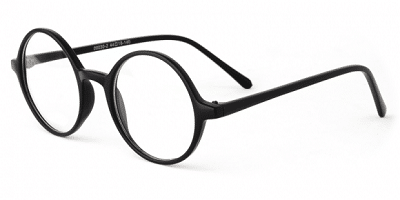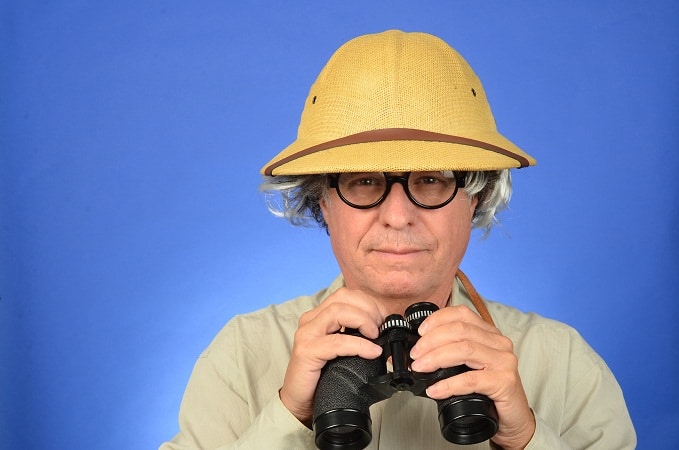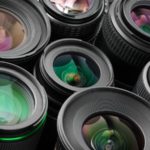Just using binoculars might be tricky for some folks, not to even mention wearing eyeglasses on top of that too.
There used to be a time when one was forced to make a few compromises to use binoculars while wearing specs effectively. Those days are over for most of us; and with a little know-how, it’s not that hard for someone with poor vision to properly use binoculars.
Two simple techniques allow the glasses-wearing-user to utilize any style of binoculars effectively:
1. Wear Your Specs
The easier method and what many prefer: simply wearing your glasses while you use your binocs. You don’t have to remove them; with the proper binoculars and spectacles, this method is easy and efficient.
Taking off your glasses while trying to pull the binocular into action is just a hassle. It takes time, and time means potentially missing whatever you are trying to spot.
People with eye conditions, like astigmatism, are forced to keep their glasses on when using binoculars.
Importance of Eye Relief
Eye relief is the distance between the binocular lens and your eyes which is often measured in millimeters.
If you have short eye relief on your binoculars, you won’t receive the full picture. The further you are from the proper eye relief, the image appears smaller.
One necessary gear item for the modern soldier is ballistic glasses. And by order, they have to keep these on when outside the wire. This is where eye relief comes into play.
When you are planning to use binoculars and glasses at the same time, one of the important things to consider is the eye relief of your binocs. You have to compensate for that small space between your glasses and eyes when choosing your gear.
How to optimize for eye relief?

1. Test out the binoculars before the purchase.
The proper eye relief for those who wear spectacles depends a lot on the type of glasses they wear. Plan for at least 16 mm of eye relief, anything less than that is unlikely to be comfortable to use with glasses.
A lot of modern binoculars have adjustable eyecups that allow you to shorten and lengthen them to adjust for glasses.
It’s wise to go to a reputable retailer of binoculars with your glasses and take some time to try a few pairs so you can have a first hand experience of how the unit feels. At least, you can have an idea of the amount of eye relief you need.
Recommended reading: The Best Binoculars Reviewed & Tested (Hands-on Buying Guide)
2. Get binocular suitable eyeglasses.
Certain eyeglasses are more compatible with binoculars than others. Those that feature a flatter lens and a rounder profile tend to work a little easier with binoculars. Imagine the John Lennon style glasses, so you can have an idea of what works well with them.
Now if you already have glasses and you’re happy with them, don’t fret. They still most likely work with binoculars.
Bifocals are the trickiest glasses to use with binoculars. Standard line bifocals aren’t so bad. It takes some practice to use it effectively, but it is possible. Progressive lenses can be a nightmare to try and use with binoculars.
I suggest getting a special pair of cheap glasses that are line bifocals for using with binocs.
2. The Alternative Method
A few people I know can’t stand using binoculars with specs. I don’t understand it personally, which is likely due to my time in the military. People are different, and those willing to remove their glasses to use binoculars are certainly welcome to.
If this is your goal, you need to become familiar with your binoculars diopter adjustment and focusing knob.
Diopter Adjustment

One lens should have an independent diopter adjustment.
1. Turn the diopter adjustment to zero.
2. Look through the binoculars and close the eye behind the lens with the diopter adjustment. If it is behind the right lens, then close the right eye.
3. Look at something in the distance and turn the center focus wheel until you can see it clearly.
4. Switch which eye is opened and closed. Now without touching the center focus wheel, adjust the diopter wheel until you have crystal clear focus.
This is why I love locking diopters. Because if this dial gets messed up, you have to start all over again. So if yours locks, lock it. After this, it is just adjusting the focus until you can see clearly.
Remember if you have astigmatism, you still have poor eyesight without glasses while using binoculars. Binoculars can correct vision errors, but not spherical vision errors. Keep this in mind
Raise Your Glass(es)
I ultimately suggest trying both methods and find what you prefer. Give each a good try and find what you are comfortable with. Always pay attention to eye relief, make sure you have a clear picture.
Even if you choose to wear glasses and use binocs, I’d rather get familiar with using binocs without them so if they break or get misplaced, you won’t have an issue. Until next time, cheers!





